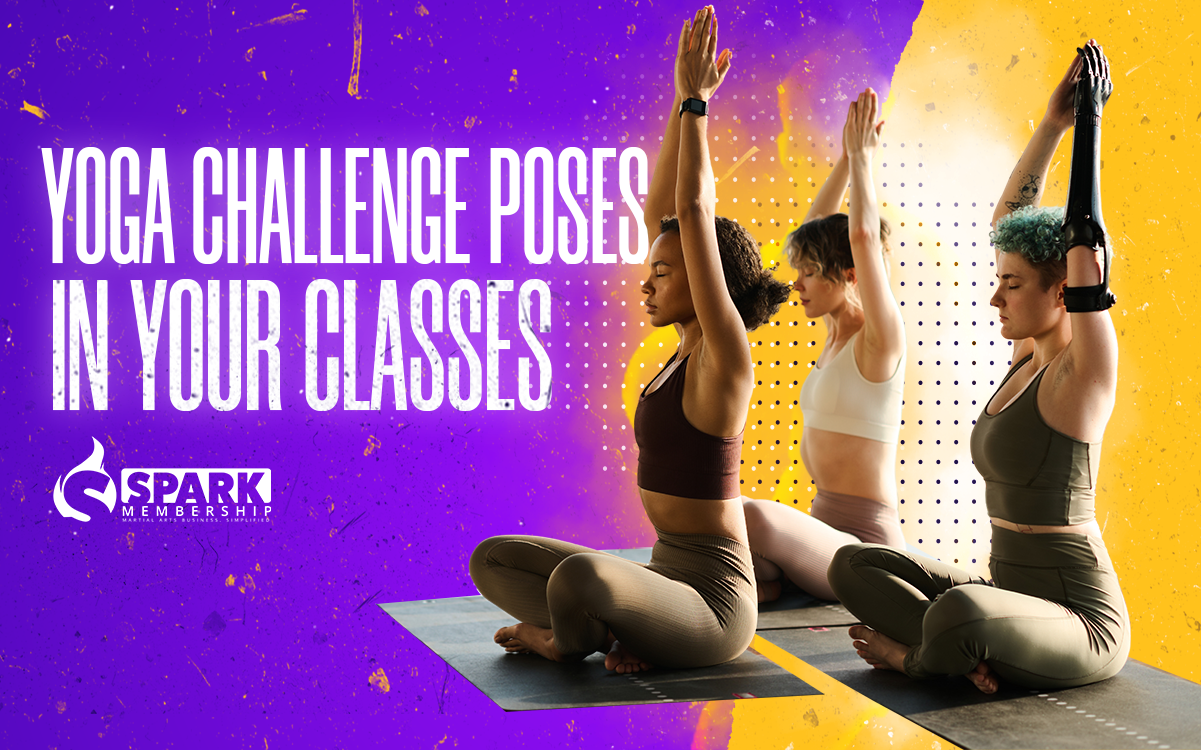
Diving into yoga for the first time can be both exciting and a bit intimidating for beginners. As yoga instructors or studio owners, it’s our role to create an environment where every student feels motivated and involved. Incorporating yoga challenge poses can be a game-changer, making each session vibrant and intriguing for those just starting on their yoga journey.
What Is a Yoga Pose Challenge?
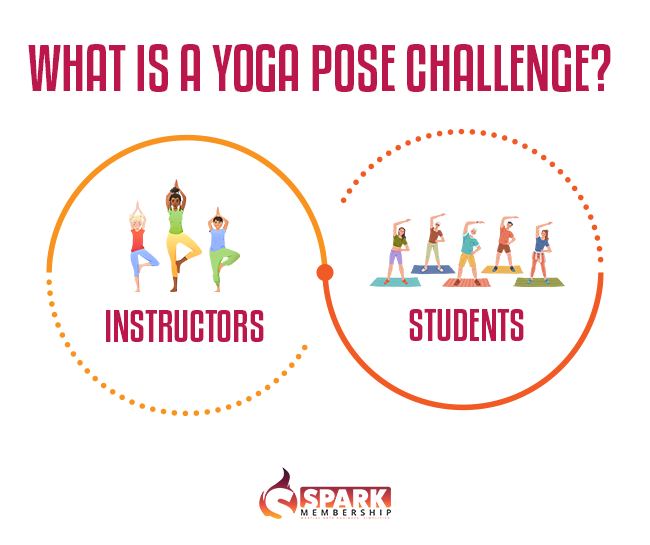
A yoga pose challenge isn’t about turning the class into a competition, but rather about encouraging students to stretch their abilities (both literally and metaphorically). It’s about presenting them with poses that test their current limits, ensuring they grow stronger, more flexible, and more in tune with their bodies with each session.
- For Instructors: It’s a way to maintain dynamism in your sessions and ensure every student is progressing.
- For Students: It instills a sense of achievement, builds confidence, and sparks a deeper interest in yoga.
Yoga Challenge Poses for Beginners
Guiding beginners through challenge poses should be a delicate balance of encouragement and instruction. As instructors, we aim to help students experience each pose fully. Below are some beginner-friendly challenge poses you can introduction in your class
Balasana (Child’s Pose):
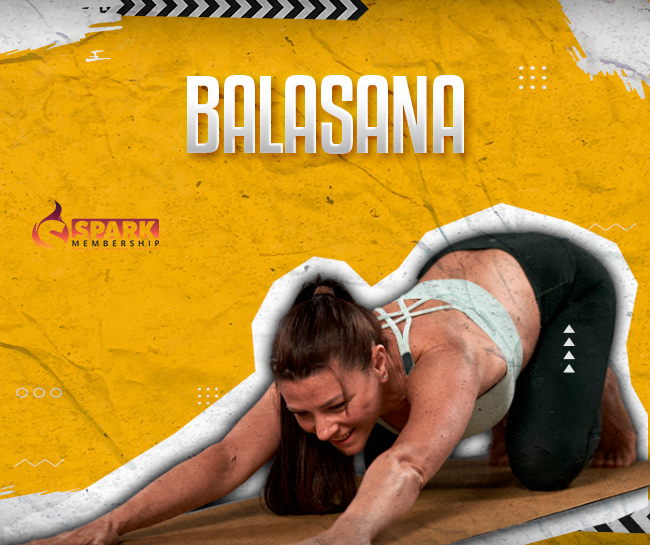
This resting pose allows students to focus on their breath, making it perfect for centering the class at the beginning or offering a pause during challenging sequences.
Encourage students to extend their arms forward and rest their foreheads on the ground. For those with tight hips, suggest placing a cushion or block under their sit bones for added support.
Marjaryasana-Bitilasana (Cat-Cow Pose):
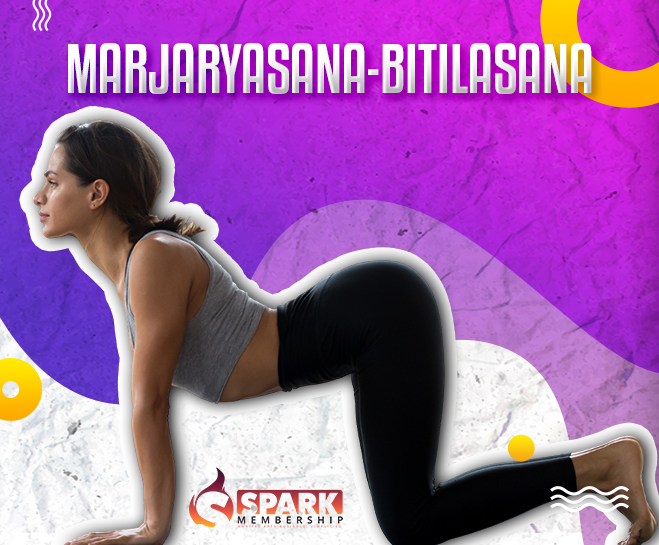
This sequence is about spinal flexibility and fluid movement. It also introduces students to the concept of syncing movement with breath.
Guide your students to inhale deeply as they arch their backs (cow pose) and exhale as they round (cat pose). Encourage continuous, fluid motion and emphasize the importance of spinal movement.
Bhujangasana (Cobra Pose):
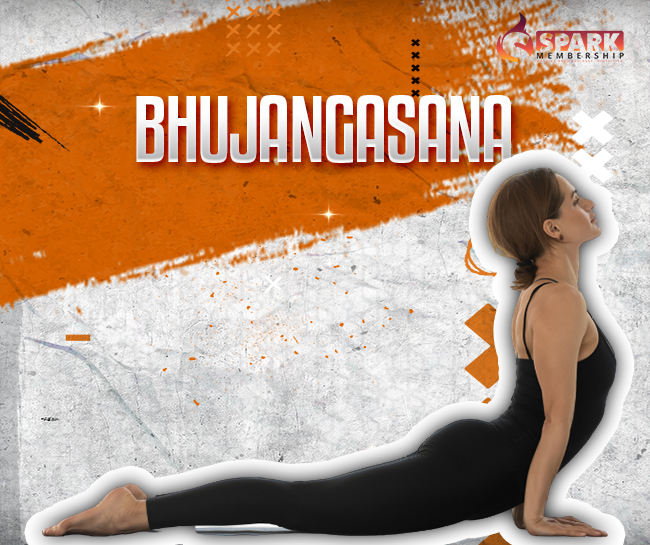
A gentle introduction to backbends, this pose opens the chest and strengthens the back.
Remind students to keep their elbows slightly bent and tucked close to the body. The lift should come from the strength of the back muscles, not by pushing off the hands.
Adho Mukha Svanasana (Downward Facing Dog Pose):
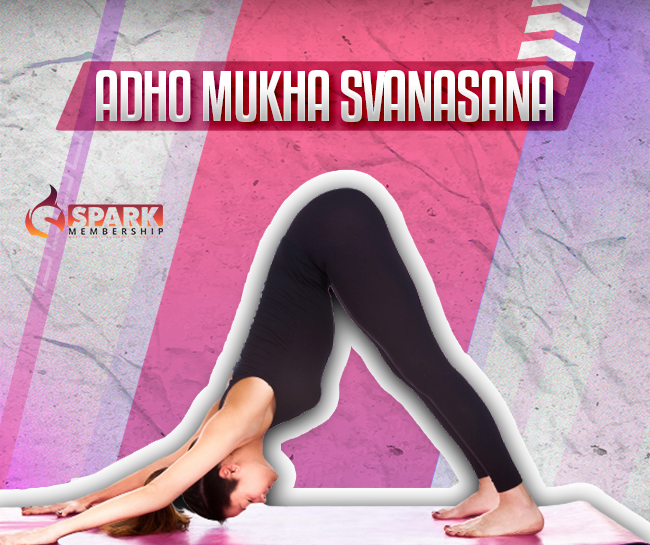
A rejuvenating stretch that strengthens the whole body and offers a fresh perspective.
Encourage students to push the ground away with their hands and lift the hips high. It’s okay if the heels don’t touch the ground. Suggest bending the knees slightly if there’s tension in the lower back.
Uttanasana (Forward Fold Pose):
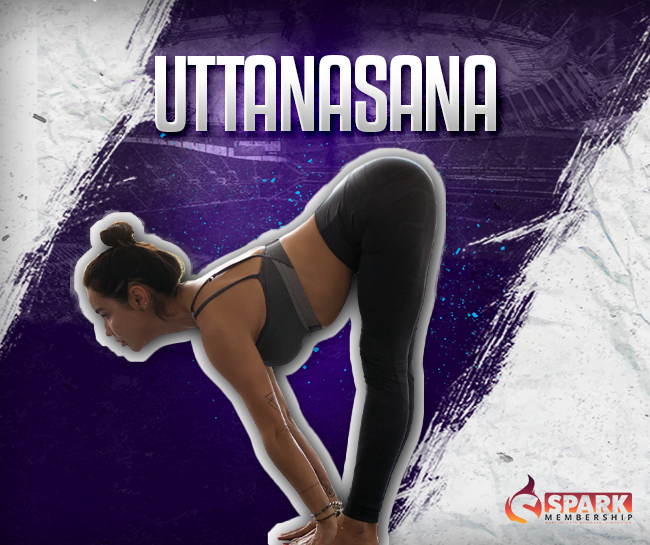
This pose stretches the entire backside of the body, teaching students the art of surrender.
For beginners, it’s more important to maintain a long spine than to touch the ground. Encourage a slight bend in the knees and suggest that they let the head hang heavy, releasing tension.
Kumbhakasana (Plank Pose) and Chaturanga Dandasana (Low Plank Pose):
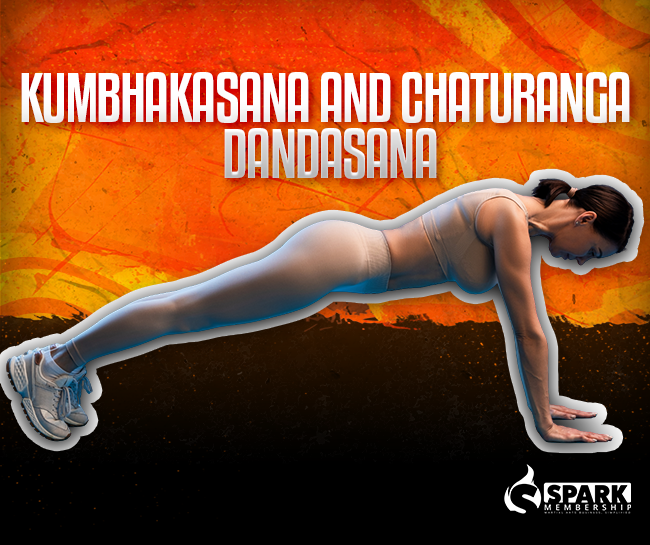
These poses are foundational for building core and upper body strength.
In plank, remind students to keep their bodies in a straight line from head to heels. In Chaturanga, elbows should stay close to the body as they lower, maintaining a 90-degree angle.
Anjaneyasana (Low Lunge Pose):
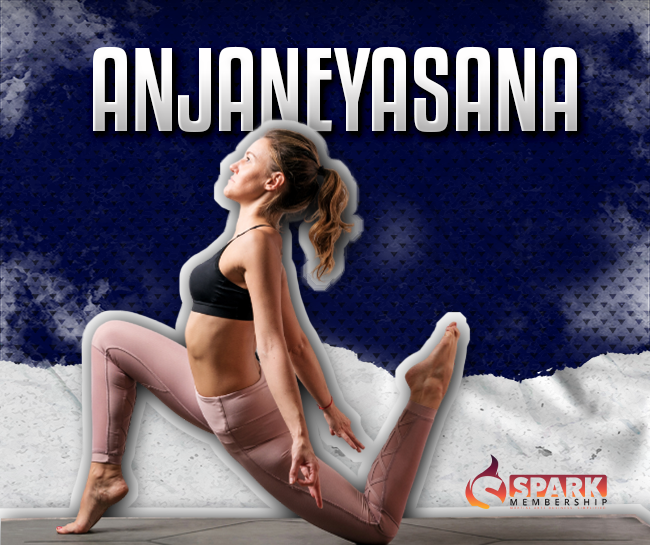
This pose offers a deep stretch for the hips and strengthens the legs.
💡Teaching Tip: Ensure that the front knee is aligned over the ankle. For students with tight hip flexors, suggest placing a cushion or folded blanket under the back knee.
Utthita Trikonasana (Triangle Pose):
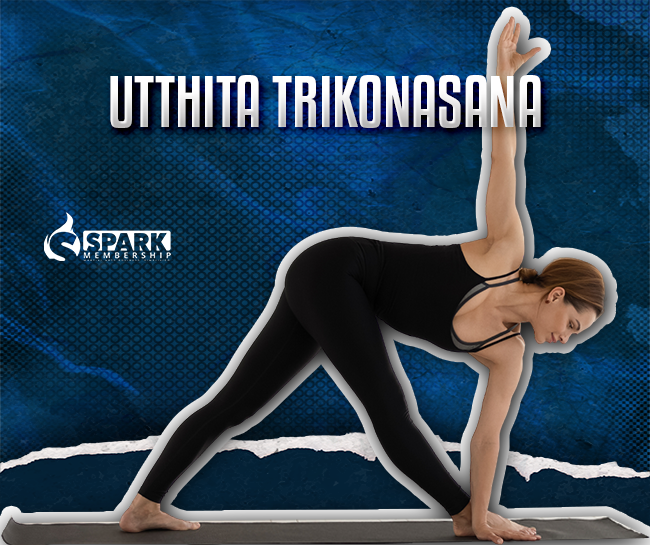
A holistic pose that enhances balance and provides a deep stretch along the side of the body.
Encourage students to imagine they’re between two panes of glass to maintain alignment. The gaze can be upwards or downwards, depending on neck comfort.
Virabhadrasana II (Warrior II Pose):
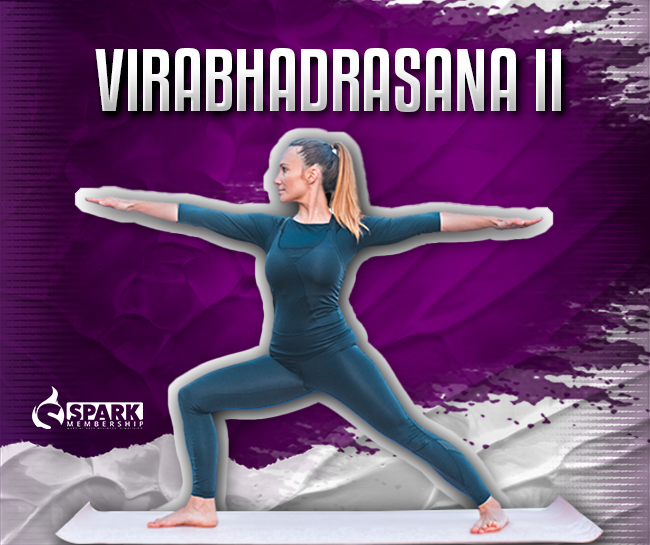
This pose challenges leg strength and mental focus.
The front heel should align with the arch of the back foot. Arms should be parallel to the ground, with the gaze directed over the front fingertips.
Vasisthasana (Side Plank Pose):
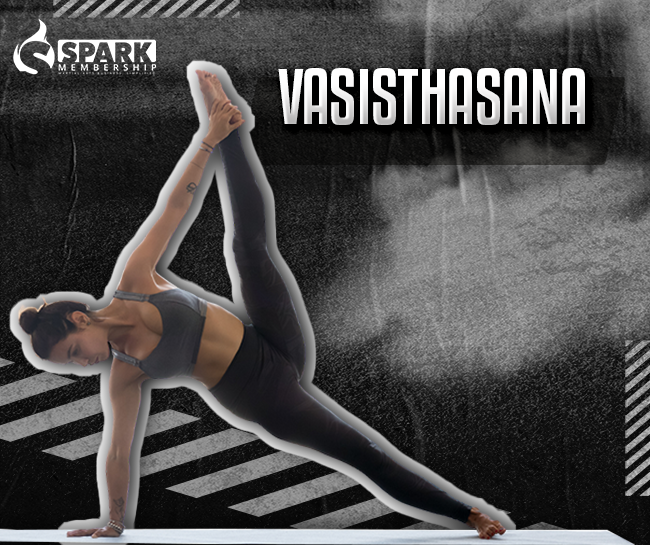
A balance challenge that strengthens the arms and obliques.
Remind students to press down through the supporting hand. Beginners can lower the bottom knee to the ground for added stability.
Setu Bandha Sarvangasana (Bridge Pose):
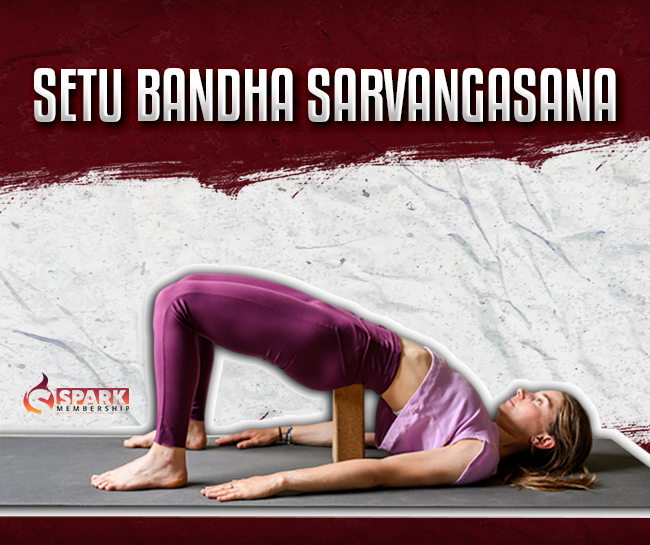
A backbend that opens the front body and strengthens the spine.
Encourage pressing through the feet to lift the hips, keeping the knees in line with the ankles. For added support, place a block under the sacrum.
Savasana (Corpse Pose):
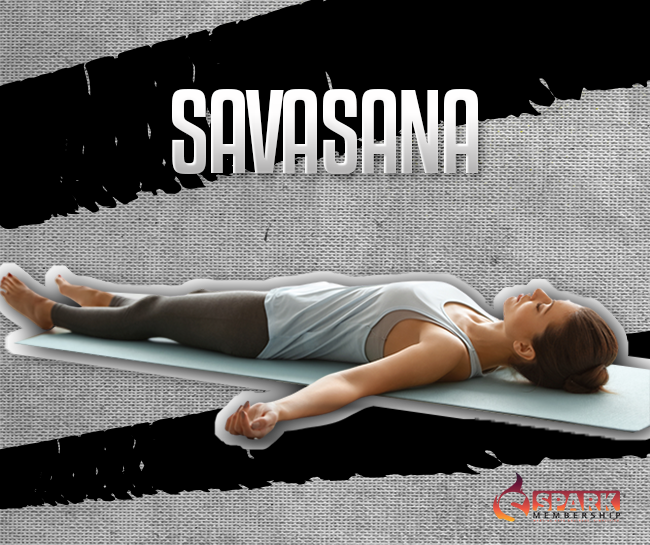
A crucial pose for relaxation and reflection.
Remind students to spread out, close their eyes, and breathe naturally. This is their time to absorb the benefits of their practice.
💡 As instructors, understanding each student’s unique body and journey is crucial. Always prioritize comfort and safety, offering modifications and props when needed. With patience and guidance, even the newest yogis can experience the depth and joy of these challenge poses.
How Long Is Too Long for a Yoga Pose?
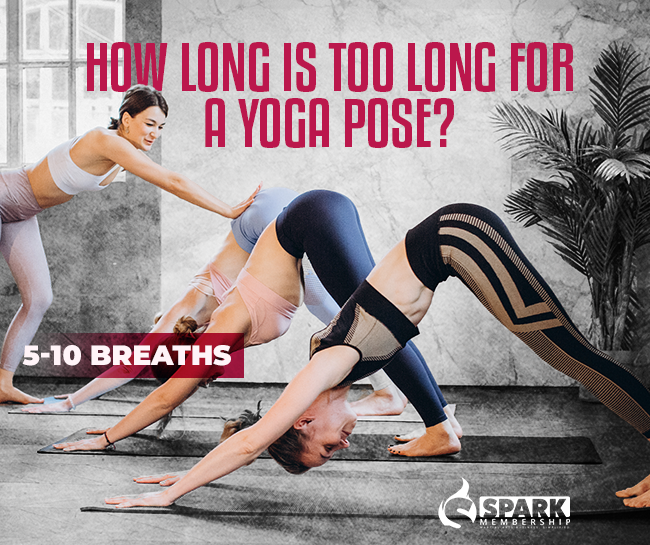
For beginners, it’s not about how long they can hold a pose but how well they can maintain correct alignment and breath. Typically, 5-10 breaths are a good start for most poses. However, listen to the class’s collective breath and watch their form. If they start to struggle, it might be time to transition.
How Long Should You Stay in a Yoga Pose?
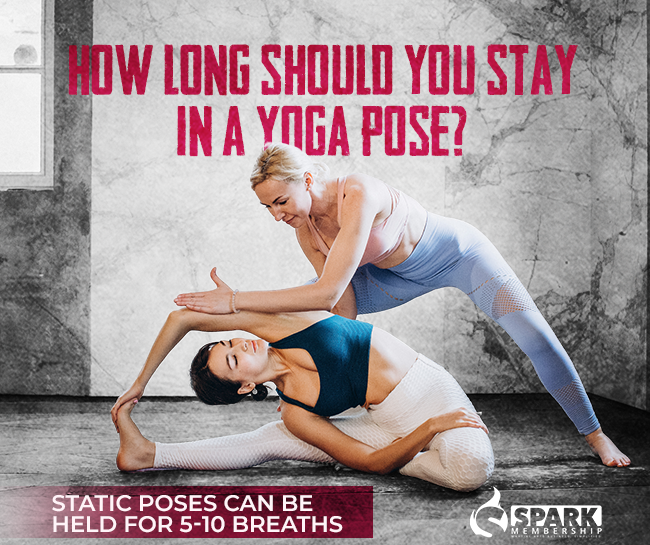
Encourage students to stay present and listen to their bodies. While there are standard timeframes, it’s always okay for beginners to ease out of a pose if they feel discomfort. Ideally, static poses can be held for 5-10 breaths, while transitional poses might be quicker.
Implementing Yoga Challenges in Your Classes
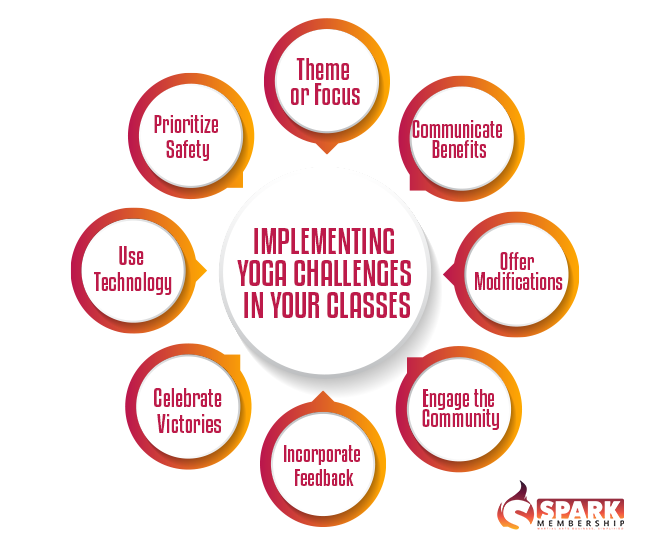
Introducing yoga challenges to your classes is more than just presenting a series of postures. It’s about building a cohesive experience that fosters growth, introspection, and a sense of achievement for your students.
Here’s how to go about it:
- Theme or Focus: Define a clear goal, like improving flexibility or deepening meditation.
- Communicate Benefits: Highlight how the challenge enhances well-being and practice.
- Offer Modifications: Provide alternatives for each pose, ensuring inclusivity for all skill levels.
- Engage the Community: Foster camaraderie, perhaps using a buddy system to pair advanced students with beginners.
- Incorporate Feedback: Post-challenge, discuss experiences and gather insights for improvement.
- Celebrate Victories: Acknowledge progress, boosting confidence and motivation.
- Use Technology: Use apps or platforms for tracking progress and building a digital community.
- Prioritize Safety: Emphasize safe practices and the importance of self-awareness during challenges.
🔔 Remember, the goal of these challenges is not just to enhance the physical aspects of yoga but also to cultivate discipline, dedication, and a deeper connection to one’s practice.
Introducing yoga challenge poses for beginners can truly transform their practice, making every session an adventure of self-discovery. As instructors, our mission is to guide, inspire, and cultivate a love for yoga in every student. So, embrace the challenge and watch your class flourish!
Discover fresh ways to close your yoga classes without saying ‘Namaste’ in our latest blog “How to End a Yoga Class Without Saying ‘Namaste’: Alternatives for Instructors“! Plus, simplify your studio management with Spark Membership Software. Read now for a revitalized yoga experience!




